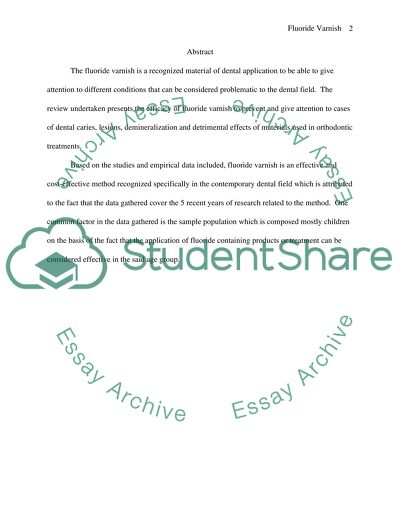Cite this document
(“History and Background of Fluoride Varnish Article”, n.d.)
History and Background of Fluoride Varnish Article. Retrieved from https://studentshare.org/history/1548954-history-and-background-of-fluoride-varnish
History and Background of Fluoride Varnish Article. Retrieved from https://studentshare.org/history/1548954-history-and-background-of-fluoride-varnish
(History and Background of Fluoride Varnish Article)
History and Background of Fluoride Varnish Article. https://studentshare.org/history/1548954-history-and-background-of-fluoride-varnish.
History and Background of Fluoride Varnish Article. https://studentshare.org/history/1548954-history-and-background-of-fluoride-varnish.
“History and Background of Fluoride Varnish Article”, n.d. https://studentshare.org/history/1548954-history-and-background-of-fluoride-varnish.


